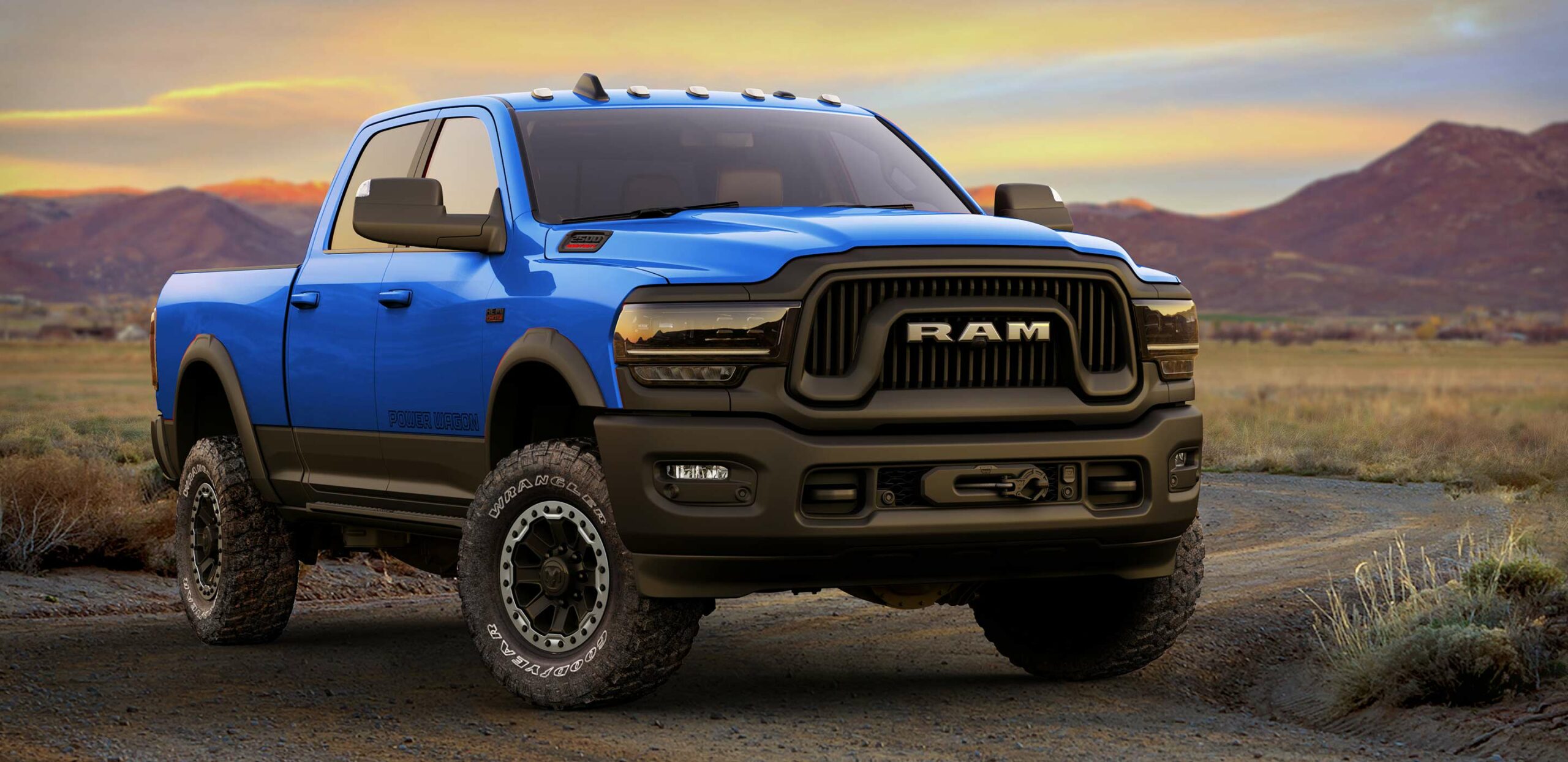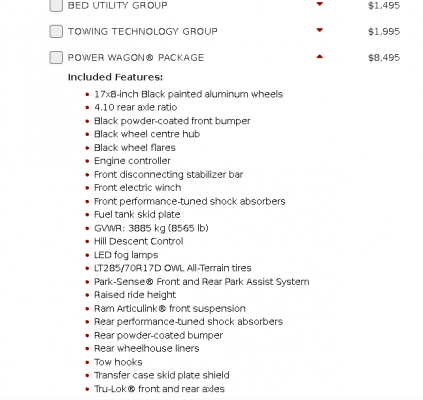I understand what you are saying, but never made any statement about removing all of the PW specific options.......and absolutely no reason to remove the vast majority of them. Slap a set of air bags on the back and maybe upgrade the tires, though the factory D rated tires I think are rated at almost 3,000 lbs. each at max pressure. Really don't think upgrading to a higher capacity tire really qualifies as "replacing everything on a PW package".
In regards to comments about heading into the unknown and parts failing that is getting into kinda' of a radical statement. I stated that if you need the off-road capabilities of the PW but needed higher load and towing capacity you could modify a regular 2500 or 3500 truck, and adding lockers, swaybar disconnect, custom suspension, etc... is way more modifications versus adding air bags and maybe tires to a PW. And really, it's pretty common for people that are going into the serious "unknown" regions most likely have done some sort of modifications to their vehicles anyway. Not like Thuren or Carli suspensions and bigger tires is some crazy and unusual modification!
Yes, the warranty issue is a concern as I mentioned in my post also and something that needs considered. Again, you need to think about what you really need versus want (or just think it's cool) in a truck when you decide what model to buy or what modifications to make. I'm sure there are people out there that have a single vehicle that they need to haul a trailer during the week for work, maybe haul a camper on the weekend, but have decent off-road abilities or simply better capability to get to their remote cabin or campsite, etc....
never know these days.View attachment 512689




